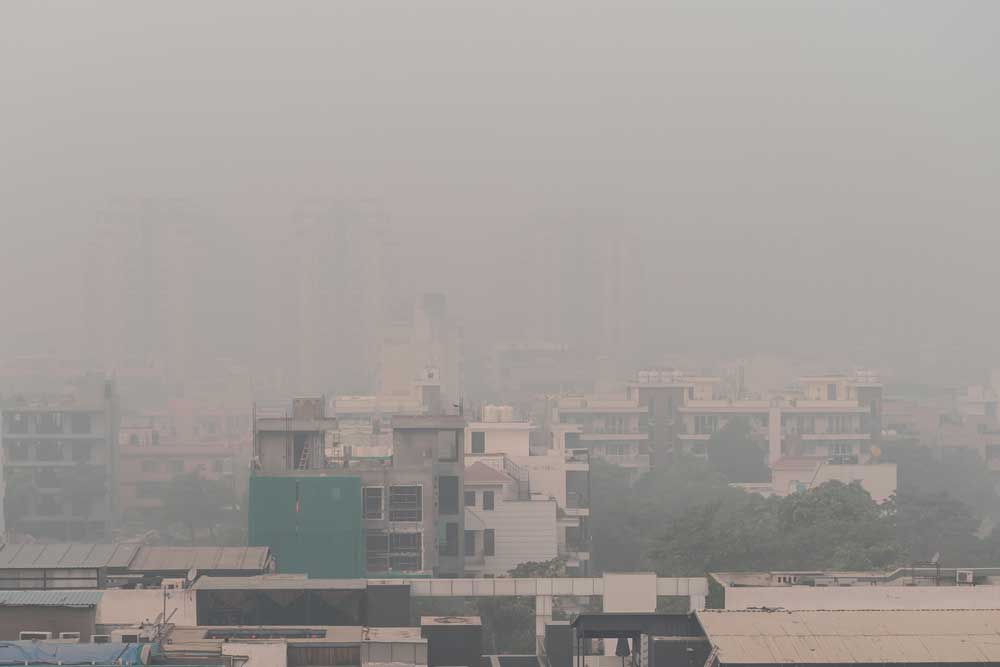
A Sharp Increase In Stroke Cases And Deaths
The global stroke burden has risen sharply over the last 30 years. From 1990 to 2021, stroke cases went up by 70 per cent, deaths from stroke increased by 44 per cent, and the overall impact on health (measured by disability and early death) grew by 32 per cent. Low- and middle-income countries (LMICs) have been hit hardest, accounting for 83 per cent of new strokes and 87 per cent of stroke-related deaths.

Environmental Factors: Air Pollution And Heat
High temperatures and air pollution are major contributors to the rising number of strokes. The study found that stroke deaths linked to high temperatures increased by 72 per cent since 1990, making it the second-highest environmental risk factor after high Body Mass Index (BMI).

Preventive Measures: A Global Call To Action
Although stroke numbers are rising, they are largely preventable. The study stresses the importance of accessible strategies to reduce risk, such as managing blood pressure, cutting air pollution, and promoting healthier lifestyles. In 2021, strokes were the third-leading cause of death worldwide after heart disease and COVID-19, making prevention critical.
By addressing risk factors like air pollution and unhealthy diets, many stroke cases can be avoided. The study calls for a comprehensive approach to stroke prevention, especially in LMICs where healthcare resources are often limited, making prevention even more essential.
Climate Change And Stroke Risk
The study also highlights a worrying link between climate change and stroke. As temperatures rise and air quality worsens, stroke risks are likely to increase. This reinforces the need for action on climate change to protect public health.
By focusing on reducing air pollution, managing blood pressure, and encouraging healthier lifestyles, many lives can be saved. The research makes it clear that we need to align public health and environmental policies to reduce the global stroke burden. Taking action now, especially in light of climate change, can make a significant difference in preventing strokes in the future.
Addressing these environmental risks and prioritising prevention offers a real chance to reverse this growing health crisis.